The world has more than enough food to eat, but unfortunately, it’s not the right kind. This chart shows what we should be eating, versus the reality.
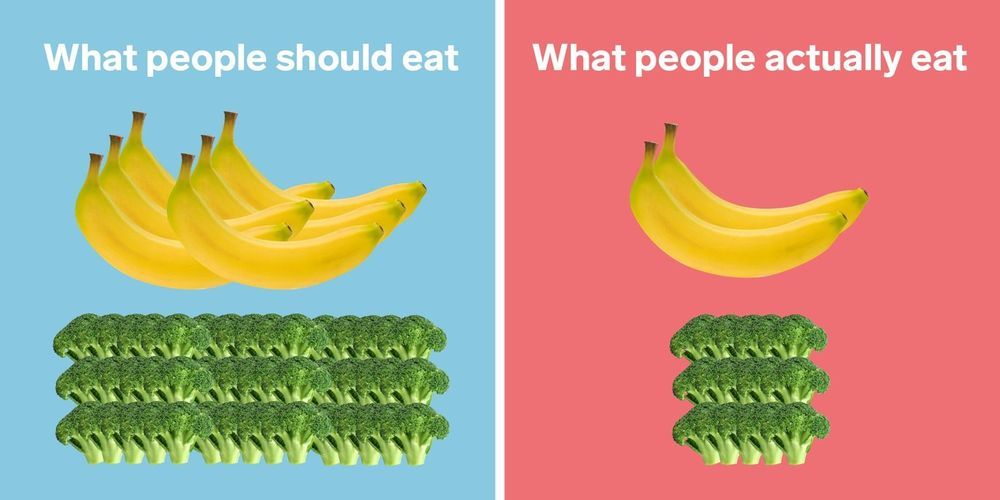


Today is National Agriculture Day! From enabling higher crop yields to maximizing every drop of water for farmers, NASA is working to help transform the agriculture industry. Check out some of the farming tools that have roots at NASA:
Growing plants can be tough, whether you’re on a spaceship or Earth. A special fertilizer made it easier for astronauts on the International Space Station and farmers down below, resulting in just one of the space program’s many contributions to agriculture.
Numerous farming tools have roots at NASA. Over the years, companies large and small have partnered with the agency, honed technologies and delivered innovations to benefit the industry. These are just a few examples:
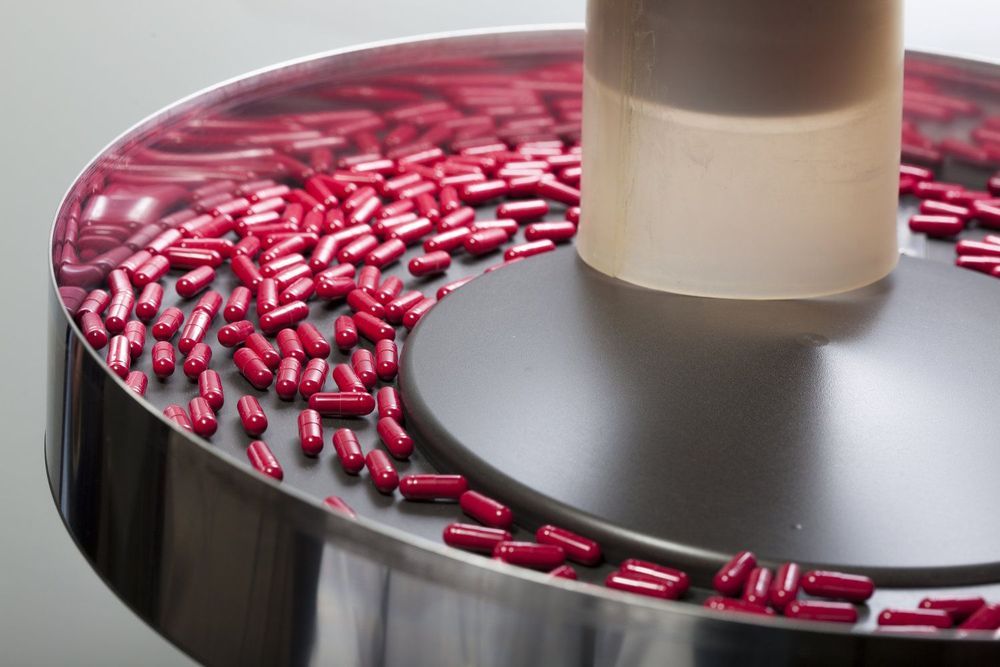
Egg protein, gelatin etc, ha. I can imagine loads of curling toes among vegetarians vegans and investors alike…ranging from pure horror to utter excitement…yay vegan and gluten free pills… a hole in the market.
The medicines you take contain a soup of active and inactive ingredients.
Active ingredients are the ones that provide a therapeutic benefit, while inactive ingredients are just that — inactive — meaning they don’t react in the body and are instead there to enhance the properties of the medication itself, such as its taste, appearance and ability to be absorbed by the body. [7 Bizarre Drug Side Effects]
But it turns out that inactive ingredients may not be as, well, inactive as we think: A new study finds that, in some patients, inactive ingredients can trigger allergic reactions or other symptoms of food intolerance.
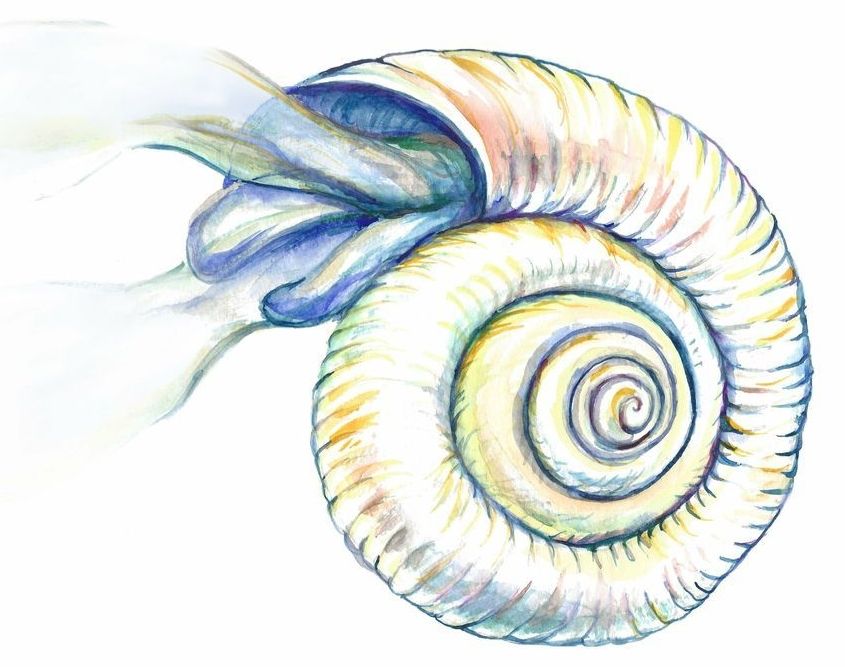
Marine microorganisms in the Southern Ocean may find themselves in a deadly vise grip by century’s end as ocean acidification creates a shallower horizon for life, new University of Colorado Boulder research finds.
The modeling study, published today in the journal Nature Climate Change, forecasts that at current carbon dioxide emission rates, the depth at which some shelled organisms can survive will shrink from an average of 1,000 meters today to just 83 meters by the year 2100, a drastic reduction in viable habitat.
The steep drop, which could happen suddenly over a period as short as one year in localized areas, could impact marine food webs significantly and lead to cascading changes across ocean ecosystems, including disruptions of vital global fisheries.

NEW YORK (AP) — Somewhere in the Midwest, a restaurant is frying foods with oil made from gene-edited soybeans. That’s according to the company making the oil, which says it’s the first commercial use of a gene-edited food in the U.S.
Calyxt said it can’t reveal its first customer for competitive reasons, but CEO Jim Blome said the oil is “in use and being eaten.”
The Minnesota-based company is hoping the announcement will encourage the food industry’s interest in the oil, which it says has no trans fats and a longer shelf life than other soybean oils. Whether demand builds remains to be seen, but the oil’s transition into the food supply signals gene editing’s potential to alter foods without the controversy of conventional GMOs, or genetically modified organisms.

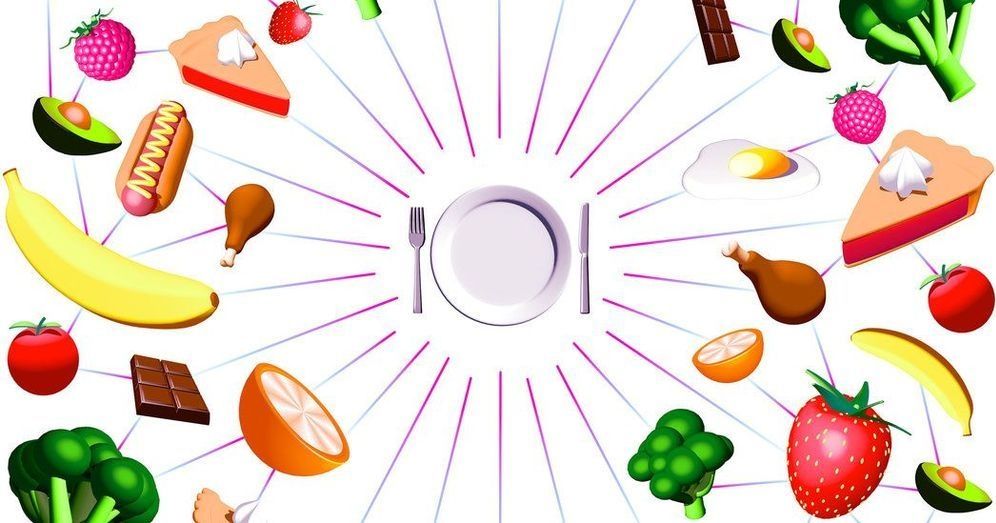
Forget government-issued food pyramids. Let an algorithm tell you how to eat.
Credit Credit Erik Blad
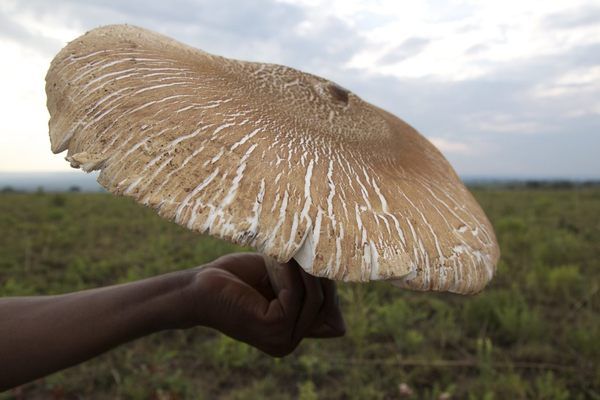

Late last year, archaeologists in China found some very interesting items in an ancient tomb dating back as far as 202 BC, including a bronze vessel that somehow still held liquid. The liquid, which at the time was thought to be some type of wine, has since undergone closer examination that reveals its true purpose.
China’s Xinhua news agency is now reporting that the beverage was actually an “elixir of immortality” that matches descriptions from ancient documents. The substance has been tested and, if scientists are right about it, there’s probably little chance it would do anything to extend someone’s life, and may even usher death in even quicker.

The biggest source of variability in the microbiome is the person-to-person variability. It’s a problem if you’re looking for causality. That’s a red flag word for us – causality – meaning something about the bacterial community causes some disease. You actually don’t know whether it’s the bacteria or whether the bacteria are a sign of something that happened before. It’s very much individualized, so everybody’s history matters.
We are all teeming with bacteria that help us digest food or fight disease, but two people might play host to a very different array of bacteria due to diet, where they live, hobbies or even medical histories.
As a result, scientists have struggled to understand which bacteria are linked to disease and which protect against it. Studies comparing people’s bacterial companions – known as the microbiome – to explore what that variation means might disagree because they analyzed different groups or didn’t sample enough people.
Statistics Professor Susan Holmes thinks one way of teasing out which differences are relevant to disease and which are just differences between people could come down to statistics and repeating studies.